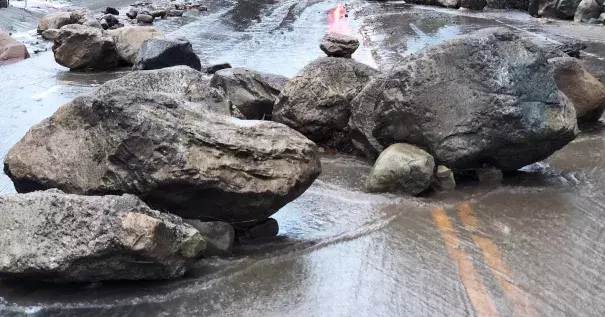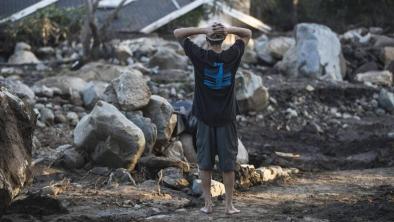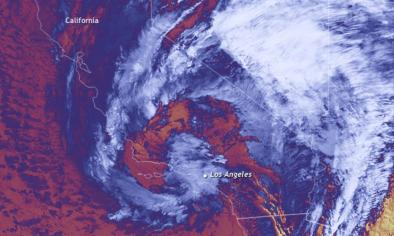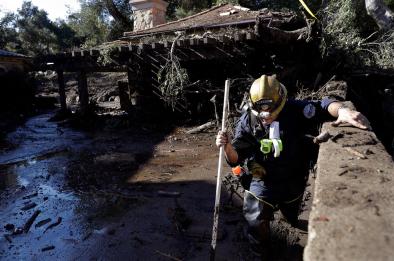How a Mudslide Becomes a Deadly Tsunami of Rocks and Sludge

The mountains of Southern California burn and then liquefy with terrifying regularity, and, yes, more often than they used to thanks in some measure to climate change and increased human development. Only now, science is starting to catch up to the cycle—to understand how it works and predict when it will be at its worst. And those scientific insights are coming just in time for more and more people to build more and more houses at the feet of those eternally liquefying mountains.
In one sense the mudslides—what geologists more properly call “debris flows,” because they contain both water and a diversity of stuff, from ash to houses—have always been predictable. Wildfires are getting more common, and wildfires make mountainsides more likely to give way. With vegetation burned away, roots that held underlying soil together are gone, and the cover that a canopy might have provided against rain vanishes as well. In Southern California’s chaparral biome, that vegetation adds another factor. Those shrubs and low, waxy plants are adapted to fires every few decades. Their drought tolerance comes in part from a resin-like coat on their leaves that helps retain moisture.
But fire volatilizes that wax, which then coats the soil and ash left behind. “You develop these hydrophobic soils,” says Francis Rengers, a geomorphologist on the US Geological Survey’s Post-Wildfire Debris Flow Team. “It’s like you put a raincoat on the landscape.” After a fire, rain that would have ordinarily soaked into the ground instead bounces off and runs down the hillside, picking up loose sediment and rocks along the way.
Related Content





